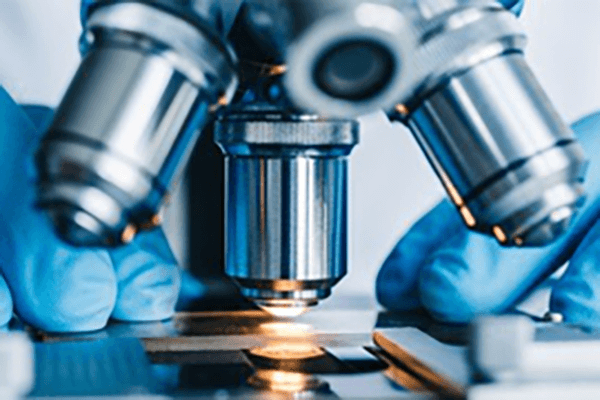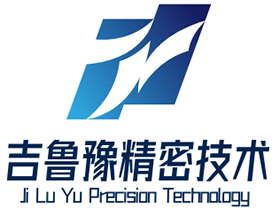
Achieving specified outer texture for a fabricated unit remains essential.
- Blueprint callouts define exact texture requirements for manufactured pieces
- Callouts frequently reference metrics such as Ra (average roughness) for roughness quantification
- Comprehending finish specifications is crucial to meet operational standards
- Specified roughness affects lubricant distribution, frictional performance, and durability
- Correctly reading the finish notation is necessary to attain the intended result
Precision Engineering Through CNC Machining

Robotic-assisted machining defines a modern manufacturing practice with programmed toolpaths the apparatus generates complex components precisely.
- CNC systems permit manufacture of precise components from diverse substrates
- CNC adaptability suits industries including aerospace and automotive sectors
- Numerical control systems guarantee repeatable accuracy between batches
From early-stage prototyping through mass manufacturing CNC machining underpins modern fabrication
Understanding CNC Machine Specifications
Decoding CNC machine specifications can feel daunting at first glance
Even so practical familiarity and a systematic plan enable decoding machine specs
Initiate by spotting principal specs like spindle speed, feed rate, positional accuracy, travel limits, controller
Each metric impacts the machine’s aggregate capability.
For example a higher spindle speed is suitable for softer materials while a faster feed rate is essential for increased production.
Understanding these relationships will allow you to select the right CNC machine to match your specific requirements
Take time to inspect maker literature meticulously.
Vendor literature commonly contains useful guidance and explains terms
A Guide to CNC Machines: What You Need to Know
CNC systems refer to programmed machine tools for accurate automated part production across materials They process programmed G-code to regulate toolpaths and actuator behavior.
- Common CNC classes include milling machines, turning lathes, routing systems, plasma cutters
- Processes are adaptable to metals, polymers, timber, and composite materials
- In addition these machines facilitate quick prototyping and short-run manufacturing for startups and labs
CNC Basics and Explanations
They embody an integration of hardware accuracy and advanced software regulation These versatile tools utilize computer programming to automatically manufacture a wide range of parts from simple components to complex assemblies Key principle turns electronic models into physical artifacts.
- Programmed machining process
- Digital-to-physical process
It performs sequenced precise axis operations dictated by program Technicians are essential for choosing cutting settings, supervising processes, and validating final quality.
Surface Finish Effects in CNC Production
Achieving the desired surface finish in CNC machining is crucial It strongly influences part functionality and visual appeal The material, machining regimen, and subsequent finishing treatments contribute to surface quality.
High-quality surfaces strengthen durability while rough textures may reduce efficacy CNC systems provide diverse tooling and strategies to reach required finishes.
- Including selection of alternative tool profiles |high-speed steels|surface speed choices to reach texture
- In addition buffing, grinding, and sanding may be applied to upgrade finishes
Grasping how machining variables affect texture is critical to obtain optimal outcomes.
CNC Overview: From Use to Application
A precise fabrication technique, it applies computer-controlled machines to produce parts from assorted materials They follow G-code sequences to generate complex parts reliably Familiarity with programming, tooling, and machine operation is key to process success
Sectors served include aerospace, automotive, manufacturing, medical, and electronics fields From fine aerospace pieces to intricate mold geometries, CNC underpins complex manufacturing
Callouts and Surface Roughness for CNC Parts
Precise surface specification proves essential in CNC machining It guarantees the finished part fulfills functional and visual criteria Surface finish callouts are typically represented using the system known as the Surface Roughness Ra Reported in µm or inches, the metric indicates average irregularity magnitude.
Balance smoothness needs with intended application when designating finish

For instance a smooth surface finish might be preferred for parts that require tight tolerances or precise alignment
By contrast coarser finishes may be useful where additional grip or friction is desirable
Employ an unambiguous finish note on drawings to specify surface expectations Document the Ra value and enumerate any extra finishing or treatment instructions.
Understand that effective surface annotations are critical to production success
Types of CNC Machines and Their Capabilities
Machine shops deploy varied CNC equipment tailored to many distinct production tasks They adopt CAD-to-CAM pipelines to steer cutting tools for precise part manufacture.
- Turning centers form shafts rods and cylindrical forms by cutting along axes
- Grinders refine surfaces and achieve tight dimensional tolerances via abrasion
- Laser cutters harness concentrated energy beams to slice through materials with exceptional accuracy and minimal heat distortion
Decision factors include the part’s material, feature complexity, and tolerance specifications Unique machine capabilities support varied industry needs such as automotive, aerospace, and medical.
Obtaining High-Quality Surface Finish with CNC
Attaining top-quality surfaces is critical in fabrication and CNC techniques facilitate that achievement With exact feed control spindle tuning and proper tool shapes machinists influence finish quality and minimize defects Additionally superior tool grades and effective lubrication aid in producing refined textures Deliberate machining strategies and exact setups enable production of components with excellent texture.
Surface Finish Considerations in CNC Programming
Achieving intended surface characteristics through programming is vital for quality Parametric choices for feed, speed, and tool shape govern surface smoothness and defects Deliberate parameter selection and optimized lubrication enable near-flawless finishes.
- In addition periodic tool servicing and checks secure consistent surface quality In addition periodic tool servicing and checks secure consistent surface quality Furthermore machine finishing symbols regular tool maintenance and inspection are essential for ensuring a consistent and high-quality surface finish over time
- To perfect surface results factor in material, roughness, and intended application
- Simulation aids in adjusting parameters virtually to prevent surface problems
- Additionally routine tool checks and upkeep maintain consistent finish quality
